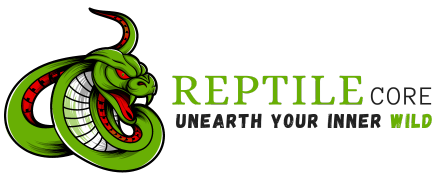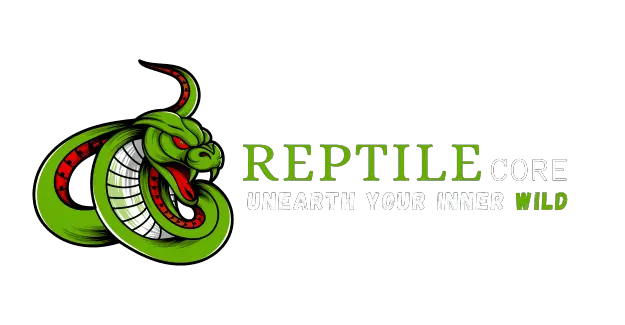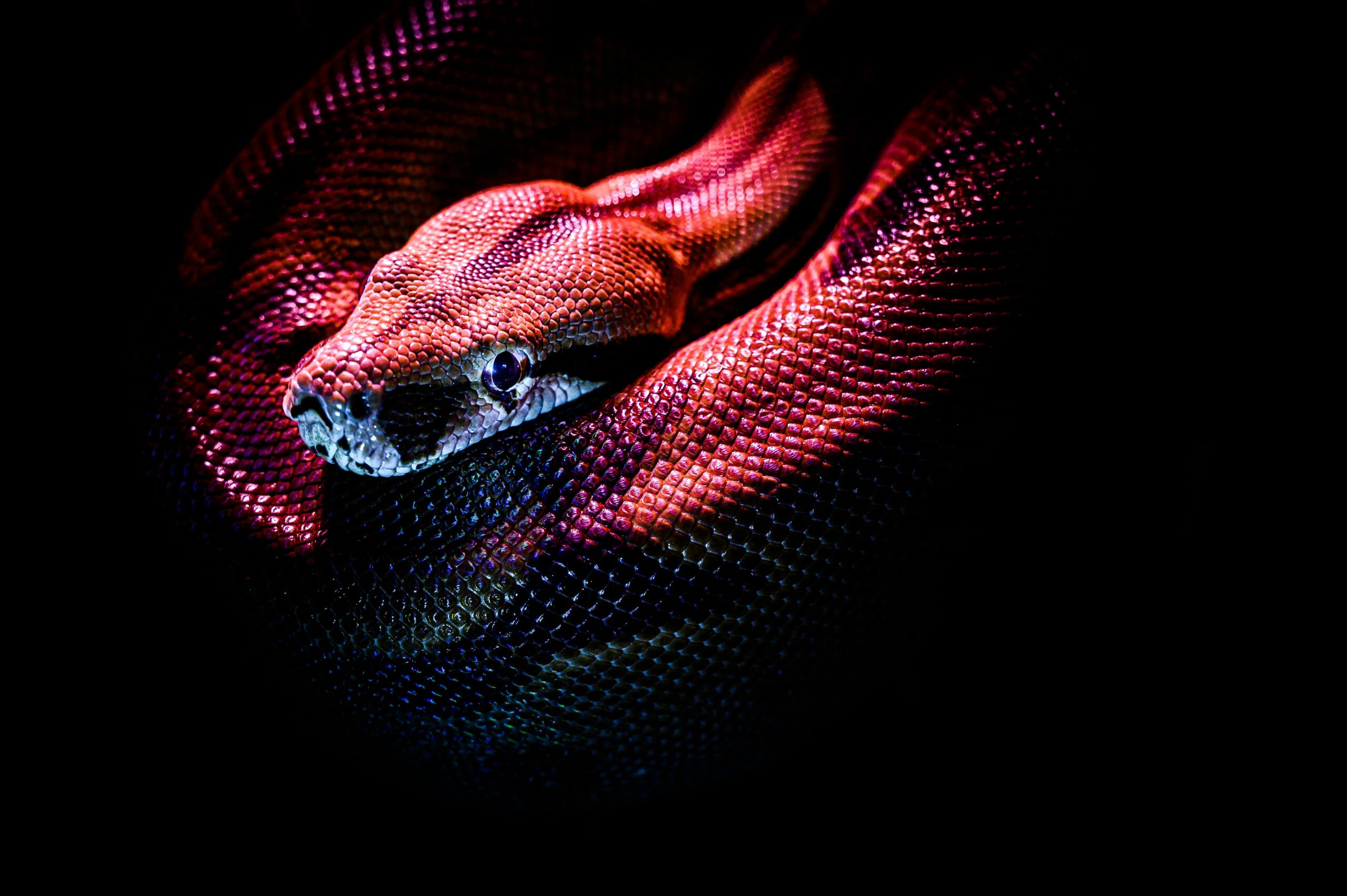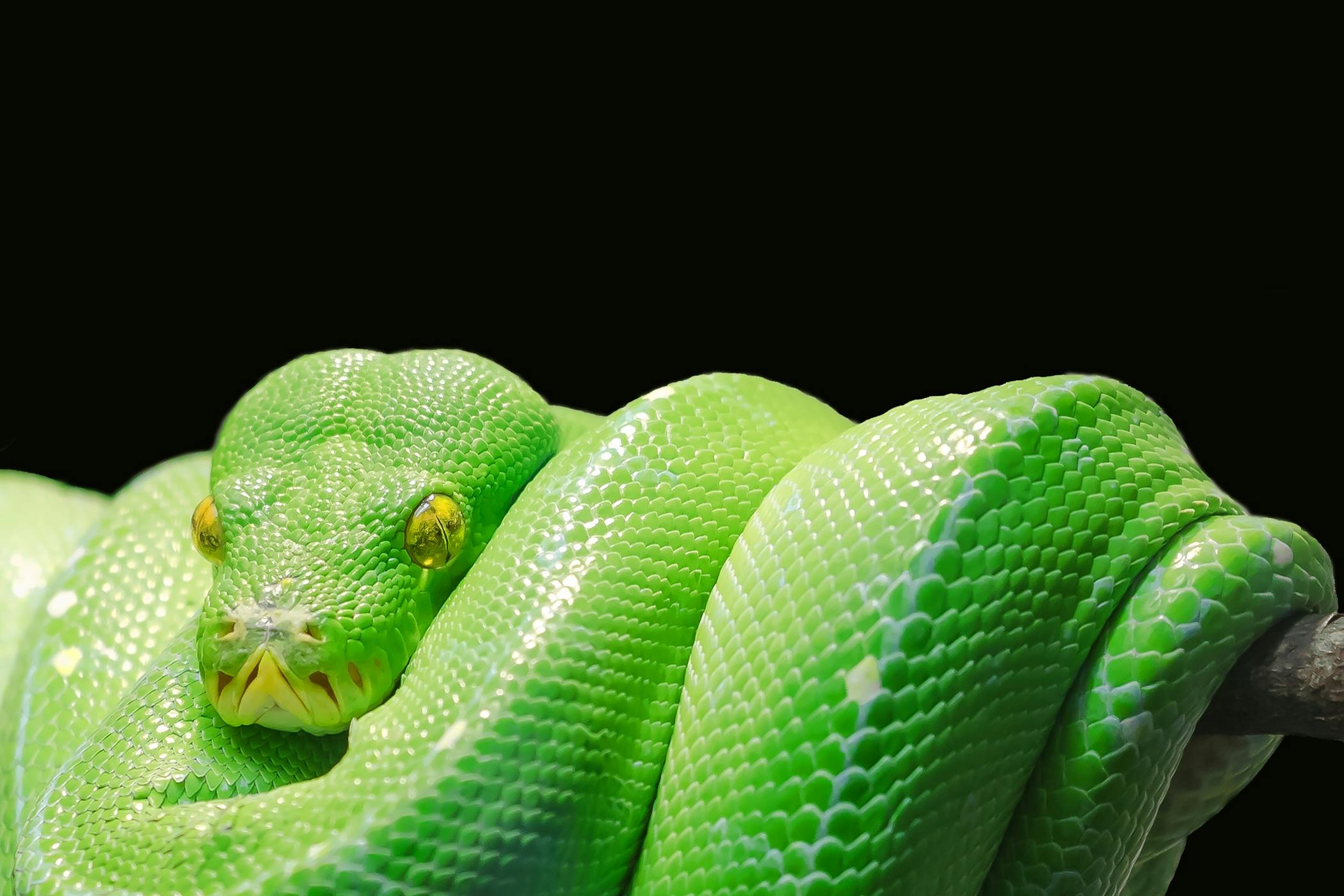Ackie Monitor Care Guide
Published: January 22, 2024
The Ackie monitor, also known as the spinytailed monitor or Ackie’s dwarf monitor, is a species of monitor lizard native to arid regions of Australia. Its scientific name is Varanus acanthurus. These lizards are part of the Varanidae family, which includes other monitor species. Ackie monitors are popular as pets among reptile enthusiasts due to their manageable size, relatively docile temperament, and interesting behaviors.
Ackie monitors have a distinctive appearance with a spiny tail, which gives them their common name. They are mediumsized monitors, reaching lengths of about 2 to 3 feet (60 to 90 centimeters). Their coloration can vary, but they typically have a mix of red, orange, and yellow hues, along with darker markings.
In captivity, Ackie monitors require a properly set up enclosure with a basking area, hiding spots, and a temperature gradient to mimic their natural habitat. They are opportunistic feeders, eating a diet that includes insects, small vertebrates, and occasionally plant matter.
It’s important for prospective owners to thoroughly research the care requirements of Ackie monitors before deciding to keep them as pets, as they have specific needs that need to be met for their wellbeing.
What You Need for a Bioactive Ackie Monitor Enclosure?
Creating a bioactive enclosure for an Ackie monitor involves setting up a habitat that mimics the lizard’s natural environment and includes live plants, microorganisms, and a selfsustaining ecosystem. Here’s a general guide on what you might need for a bioactive Ackie monitor enclosure:
Enclosure:
- Choose a spacious enclosure that provides enough room for the Ackie monitor to move around. A larger enclosure, such as a custombuilt wooden or PVC enclosure, is preferable.
- A 4 ft x 2 ft x 2 ft enclosure is often considered a minimum size for a single adult Ackie monitor.
Also visit for more details: The Definitive Guide to Ackie Monitor Enclosure Size: Getting it Right
Substrate:
- Use a substrate that allows for burrowing. A mix of organic topsoil, sand, and coconut coir works well.
- Adding cypress mulch or sphagnum moss can help retain moisture.
Heating and Lighting:
- Provide a basking area with a heat source, such as a basking bulb or ceramic heat emitter, to maintain a temperature gradient in the enclosure.
- Use fullspectrum UVB lighting to allow the Ackie monitor to synthesize vitamin D3, crucial for calcium metabolism.
Hideouts and Climbing Structures:
- Include multiple hiding spots and climbing structures to offer enrichment and opportunities for natural behaviors.
- Cork bark, branches, and rocks can be used to create a varied environment.
Plants:
- Select live plants that are safe for reptiles and can thrive in the enclosure. Plants like pothos, snake plants, and succulents are commonly used.
- Live plants not only provide a more natural look but also contribute to the bioactive ecosystem.
CleanUp Crew:
- Introduce a cleanup crew of small invertebrates, such as isopods (woodlice) and springtails, to help break down waste and maintain a clean environment.
Water Feature:
- Some Ackie monitors appreciate a shallow water dish for drinking and soaking. Ensure it is easily accessible and large enough for the lizard to soak in.
Maintenance:
- Regularly monitor and adjust temperature and humidity levels.
- Conduct spot cleaning of waste and replace substrate as needed.
- Monitor the health of plants and replace them if necessary.
Remember, the specifics of the setup may vary depending on individual preferences and the needs of your Ackie monitor. Regular research and observation of your lizard’s behavior will help you finetune the enclosure for optimal health and wellbeing.
Download the Caresheet |
Terrarium Size:
While Ackie monitors may not reach large sizes, their high activity levels necessitate ample space for thermoregulation and physical activity to ensure their health and fitness. It is recommended to choose an enclosure no smaller than 5 feet in length, 2.5 feet in width, and 4 feet in height, including a 1224 inch tall substrate dam. Opting for a larger enclosure, if possible, is highly advisable, as a more spacious environment is always preferable.
For optimal convenience, consider selecting an enclosure that opens from the front rather than the top. PVC stands out as an excellent material for an Ackie enclosure due to its waterproof, durable, and lightweight qualities. Alternatively, wellsealed wood can also be a viable option.
Adhering to a general guideline, it is recommended not to house more than one Ackie per enclosure. While some experienced reptile keepers have successfully cohabitated Ackies, it demands close attention to the lizards’ behavior and having a spare enclosure on standby in case any issues arise.
Lighting:
Ackie monitors are diurnal, meaning they are active during the day. This implies two critical requirements: first, they respond positively to bright light in their surroundings, and second, exposure to robust UVB light is essential for their overall health. Reptiles utilize UVB light to produce vitamin D, fortify their immune system, and stimulate endorphin production. UVB light also aids in maintaining a pathogenfree environment, particularly crucial in bioactive setups.
An Arcadia 12% or Zoo Med T5 HO Reptisun 10.0 is recommended for optimal UVB exposure. The bulb, approximately half the length of the enclosure, should be placed on the same side as the heat lamps and mounted in a reflective T5 HO fixture like the Arcadia ProT5 or Bio Dude Solar Grow light strip.
Position the basking platform 79 inches below the lamp for enclosures with a mesh top and 1215 inches below for those without. Regular replacement, every 12 months, is necessary to maintain the UVB bulb’s efficacy. Avoid using cheaper brands, as the brand choice is crucial when it comes to UVB.
For a bioactive setup, include a plant light to support plant growth. Two 22inch Bio Dude Glow & Grow LED lamps or Arcadia JungleDawn LED Bars are recommended, depending on enclosure length. This bright light is beneficial for the mental health of your Ackie. Keep the lights on for 12 hours/day or adjust seasonally to 13 hours/day during summer and 11 hours/day during winter.
Heating:
Being poikilothermic, Ackie monitors require a temperature gradient within their enclosure to regulate their body temperature. Warmer areas stimulate metabolism, aiding digestion and healing, while cooler areas slow metabolism, promoting rest and energy conservation.
Ackie monitor temperature gradient:
- Basking surface temperature: 158172°F / 7078°C
- Warm side air temperature: 84100°F / 2938°C
- Cool side temperature: 7582°F / 2428°C
Create a basking area with at least two halogen flood heat bulbs, such as the 100w Arcadia Halogen Heat Lamps, and two small ceramic fixtures, like the small Exo Terra Reptile Glow Light or Zoo Med Combo Deep Dome fixture. Use a lamp dimmer like the Lutron Credenza to adjust heat if needed. A Retes stack for the basking surface allows your Ackie to choose its preferred temperature. Use a temperature gun like the Etekcity 774 to monitor the terrarium’s temperature gradient.
Humidity:
Ackie monitors need both dry and humid areas, with the majority of moisture underground. Maintain an average aboveground humidity of 2050% and upwards of 80% underground. Use a digital hygrometer, like the Bio Dude Digital Thermometer/Hygrometer, to monitor air humidity and place another probe inside burrows to track underground humidity.
Increase humidity by pouring water into the substrate and water your plants accordingly using a showerhead watering can.
Substrate:
A thick layer of bioactivecompatible substrate is crucial for an Ackie enclosure. The substrate, packed at least 12 inches deep (preferably deeper for females), mimics the sandy soil of their Australian habitat. For an arid setup, no drainage layer is needed. A soil mix of 40% organic topsoil, 40% fine sand, and 20% Zoo Med Excavator Clay, along with leaf litter, sphagnum moss, and 1 dose of 36qt Bio Shot for beneficial microfauna, is recommended. Alternatively, The Bio Dude’s Terra Sahara bioactive substrate kit is a convenient option.
To make the substrate functional, add droughttolerant CleanUp Crew (CUC) organisms like powder blue/orange isopods and arid springtails. Additional species like mealworms, superworms, and buffalo beetles can also be introduced.
Decorating the Enclosure:
Enhancing your lizard’s enclosure is more than just about aesthetics; it’s a crucial aspect of providing environmental enrichment, contributing to your pet’s overall wellbeing by facilitating natural behaviors. Ackies, despite spending a considerable amount of time underground, also explore and climb above ground. Incorporate sturdy branches, cork flats/hollows, caves, and plants to meet these needs. Embrace a cluttered setup for added enrichment!
Live plants play a vital role in maintaining a functioning miniecosystem. Choose droughttolerant plants that can withstand root disturbance, such as succulents, cacti, and grasses.
Feeding Your Ackie Monitor:
Being insectivores, Ackie monitors primarily rely on insects for their nutrition. Their dietary needs change as they grow, with hatchlings and juveniles (06 months) requiring daily feedings, subadults and adults (>6 months) every other day, and pregnant females daily. Allow hatchlings, juveniles, and pregnant females to eat freely, while subadults and adults should be offered as much as they can consume in a 510 minute period.
Diversify their diet with a variety of feeder insects, ensuring they are no larger than your Ackie’s head. Dust all feeder insects lightly with calcium supplement before feeding. Occasional offerings of vertebrate prey, such as small feeder anoles/geckos, are also acceptable.
Calcium & Vitamins
To meet your pet’s nutritional requirements, provide both calcium and multivitamin powders, being mindful not to overuse them. Repashy Calcium Plus is a suitable option for a balanced dose of each.
Water
Despite being “desert” lizards, Ackies still need a water dish for hydration. Choose a shallow bowl to prevent drowning, and change the water whenever it becomes soiled. Regularly scrub the bowl with an animalsafe disinfectant.
Handling Tips
Upon bringing home your new pet Ackie, allow at least a 2week settling period before attempting handling. Ackies may be skittish initially, especially in their first year, but gradually they will acclimate to your presence.
When handling, remember:
- Support the entire body.
- Use slow, deliberate movements.
- Avoid grabbing from above, chasing, or pulling from hiding places.
- Let the Ackie voluntarily climb onto you when possible.
- Reward with a treat.
- If shedding, avoid pulling on loose skin.
- Tongfeeding can be an effective bonding activity.
Also Visit for more details: The Ultimate Guide to Ackie Monitor Diet: Feeding Tips and Best Practices
Download the caresheet for Ackie Monitor |

Recent Posts
- All Post
- care sheets
- guide
- Lizards
- snakes
- Uncategorized
- Back
- Mourning Gecko
- Sandfish skink
- Tegu
- Ackie Monitor lifespan
- Bearded dragon
- Blue Tongue Skink
- Crested Gecko
- Gargoyle Gecko
- Jackson's Chameleon
- Leopard Gecko
- Back
- Ball Python
- Black Rat Snake
- Corn Snake
- Gila Monster
- kenyan sand boa
- Milk Snake
- Back
- lizardscs
- snakescs
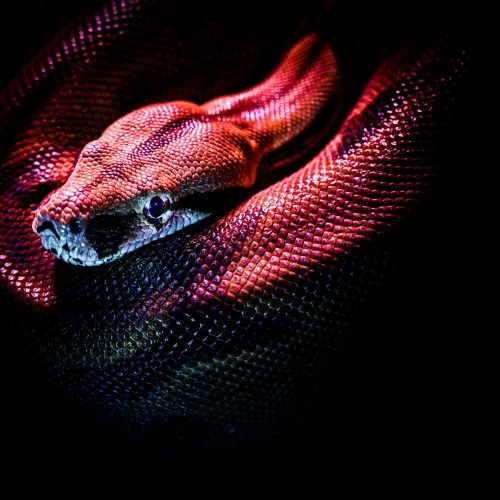
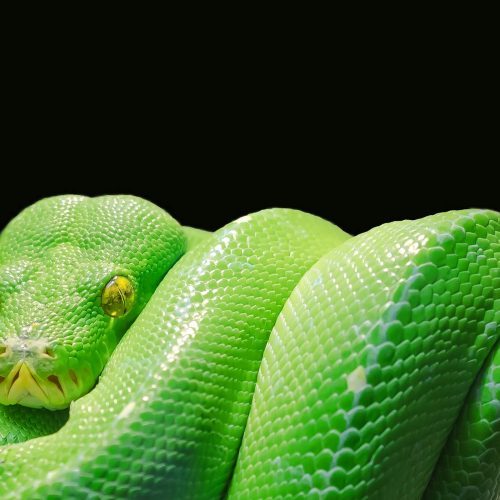
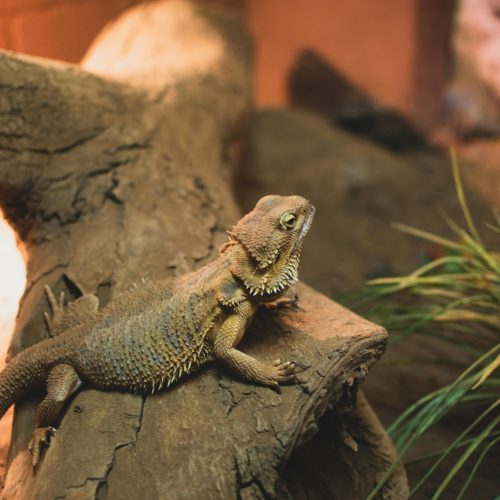
Address
215 Woodland Ave. Manchester, NH 03102
